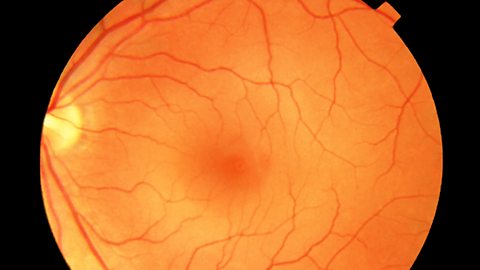The eye
Greg Foot demonstrates how the eye works and what happens if someone is long or short-sighted
The eye is a sense organ containing receptorsOrgans which recognise and respond to stimuli. sensitive to light intensity and colour.
| Structure | Function |
| Cornea | Refracts light - bends it as it enters the eye |
| Iris | Controls how much light enters the pupil |
| Lens | Further refracts light to focus it onto the retina |
| Retina | Contains the light receptors |
| Optic nerve | Carries impulses between the eye and the brain |
| Sclera | Tough white outer layer of the eye - it helps protect the eye from injury |
| Structure | Cornea |
|---|---|
| Function | Refracts light - bends it as it enters the eye |
| Structure | Iris |
|---|---|
| Function | Controls how much light enters the pupil |
| Structure | Lens |
|---|---|
| Function | Further refracts light to focus it onto the retina |
| Structure | Retina |
|---|---|
| Function | Contains the light receptors |
| Structure | Optic nerve |
|---|---|
| Function | Carries impulses between the eye and the brain |
| Structure | Sclera |
|---|---|
| Function | Tough white outer layer of the eye - it helps protect the eye from injury |
The retina
Light passes through the eyeball to the retina. There are two main types of light receptors called rods and cones. Rods are more sensitive to light than cones so they are useful for seeing in dim light. There are three different types of cone cells which produce colour vision.

The pupil reflex
The amount of light entering the eye is controlled by a reflex action. The size of the pupil changes in response to bright or dim light. This is controlled by the muscles of the iris.
Image caption, The pupil reflex in dark and light conditions
Image caption, The pupil reflex in dark and light conditions
1 of 2